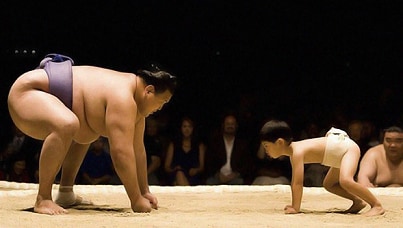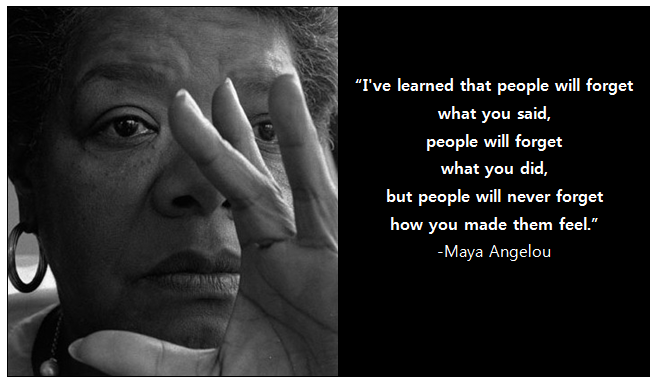Trust Your Staff's Ability to Create and Innovate
Through Spark Meetings
Rundle Academy is a small school for students with learning disabilities that has a large track record of success. The school graduates 100 percent of its students, 80 percent of whom go on to university. A number of factors account for the success of their students. Rundle Academy boasts small class sizes, empathetic teaching staff, and supportive parents; however, we could argue that the number one factor in the school's success is its approach to professional development.
In its 15 years of existence, educators at Rundle have successfully and sustainably adopted differentiated instruction and assessment, universal design for learning, and the Understanding by Design®framework. Since Rundle's inception, educators have scheduled one-and-a-half hours a week for teacher professional development. Initially, this time was used for "stand and deliver" teacher inservice training led by the school leadership, but this evolved to include direct workshops, differentiated professional learning communities, and outside conferences on topics of interest.
Despite overall school success, at the end of the 2011–14 school year, leadership sensed that staff had reached their saturation point for traditional professional development. As school administrators, we were left with the question, What next?
We spent the summer before the 2012–13 school year reading books such as Drive: The Surprising Truth About What Motivates Us by Daniel Pink and Imagine: How Creativity Works by Jonah Lehrer. These books, along with our strong beliefs in the power of teacher autonomy, distributive leadership, and collaboration, motivated us to try something different.
Knowing that most good ideas come from the teachers themselves, we decided to open our professional development time for teachers to develop even more good ideas. Thus, Spark Meetings were born. These are brief, teacher-led presentations on a topic of interest or relevance. Spark Meetings leverage teachers innate abilities to come up with solutions that work for them and that make learning better for students.
The true beauty of Spark Meetings, therefore, is in their simplicity. Our guidelines are that Spark Meetings must
- involve more than one person,
- be collaborative,
- focus on a topic that will improve instruction and learning, and
- result in a working group comprised of attendees.
Teachers share potential session titles via a Google Doc, and throughout the week, other teachers sign up for the meeting topic that interests them. Meetings need at least one attendee to take place, and if no topics interest the teachers, we encourage them to create their own. Because collaboration and innovation are central to the success of these meetings, leadership also attends.
Session topics have included the following:
- Understanding school law
- Teaching introverted students
- Using fuel cells in our science classes
- Identifying student learner outcomes for test self-assessment
- Helping students with difficult social situations
- Creating a drama production
- Designing and implementing e-portfolios in the classroom
- Demonstrating math skills with 3D printing
The final piece in the Spark professional development puzzle is a twice-yearly staff meeting called "Sparks to Flames." At this meeting, staff members disperse into small working groups of six to eight and share useful discussions they've enjoyed during their Spark Meetings.
These biannual meetings have proven to be a breeding ground for further creativity and innovation, while providing insight and reflection that often enhance each project. For example, a "Sparks to Flames" group influenced our approach to formative assessment. Like other differentiators, the teachers at Rundle Academy use strategies such as class polling or exit cards to guide the progress of their classes; however, we desired a better whole-class assessment with immediate results. A Spark group used and evaluated high- and low-tech ideas—everything from online polling to such immediate options as students chalking their responses to verbal surveys—to address this challenge. Eventually, a small group of teachers settled on asking students to write answers on personal whiteboards. Less messy than chalk, this strategy still allows students to participate in the feedback process as a group activity, while teachers can scan their responses quickly before making a decision in real time. Through collegial "Spark to Flames" discussions, only months after it was first tried by the small group of teachers, all teachers at Rundle Academy had adopted this formative assessment strategy.
Another collaborative success from Spark recently evolved in our math department. Teachers had held Spark Meetings about developing better kinesthetic and critical thinking strategies for engaging students in real-world math. The idea of 3-D printers came up, almost in jest, but the more they discussed the possibilities, the more it sounded like the right answer. Teachers began to problem solve, research pricing, and write grant proposals. After six months of hard work, the teachers had secured enough funding to purchase two 3-D printers. As a result, students can now design and print any number of creative objects, while applying various math skills toward an authentic purpose.
Through the "Sparks to Flames" process, our staff embodies design thinking. As different perspectives converge, new ideas form, and before long, new Sparks ignite.

Jason Rogers is a principal at Rundle College Academy, Calgary, Alberta, Canada. Jamie Burla is head of instruction and learning at Rundle College Academy.
ASCD Express, Vol. 9, No. 19. Copyright 2014 by ASCD. All rights reserved. Visit www.ascd.org/ascdexpress.






